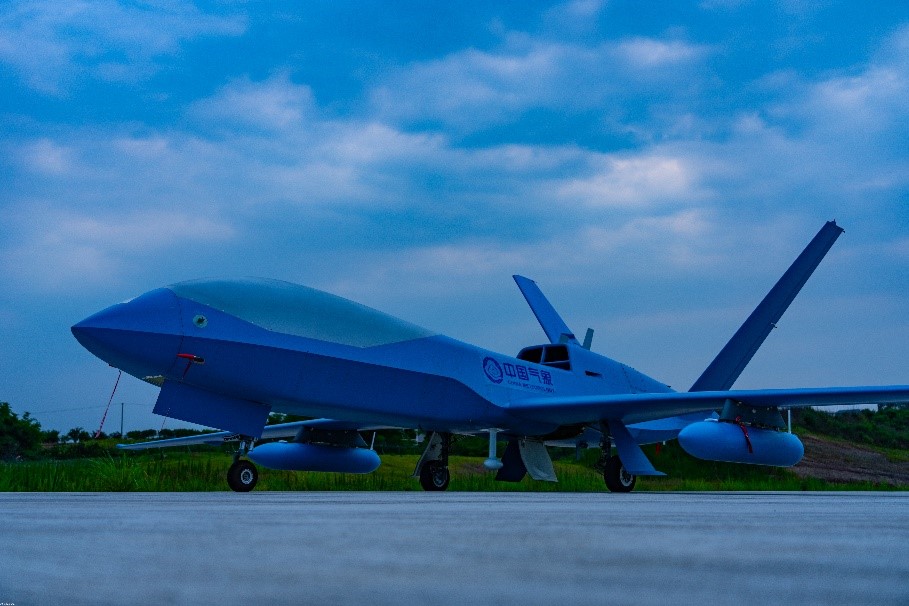Over the past few decades, because of the frequent number of typhoons making landfall in South China, the Guangzhou Institute of Tropical and Marine Meteorology has developed a model, called CMA-TRAMS, to provide operational forecasting products for typhoons.
Years of research carried out by scientists has led to the point where we know that assimilating unmanned aerial vehicle (UAV) and atmospheric sounding data can enhance the typhoon forecasting capabilities of numerical models. However, in practical operations, the scarcity of such data over ocean regions restricts further improvement in operational typhoon forecasting.
Based on these considerations, China’s National Meteorological Observation Centre has promoted a new generation of operational sounding systems called “Beidou” . Compared to traditional sounding balloons, the Beidou system provides more segments of high-level observation data. Combined with the data from the new-generation HAIYAN-I UAV, the data sources over the ocean during landfalling typhoons have been greatly enriched.
On this basis, the CMA-TRAMS team conducted an assimilation forecast experiment with observations that targeted Typhoon Haikui, which occurred in 2023. The results showed that, with the new assimilated data, the forecast landing point of Haiku was significantly closer to reality, which is published in Atmospheric and Oceanic Science Letters recently.
"This experiment marks the first attempt to assimilate both Beidou sounding data and UAV data into an operational forecast system for South China, and the results suggest it represents a good start," says Dr. Sheng Hu, one of the corresponding authors of the study.
The other corresponding author, Dr Xuefen Zhang, adds "Promoting the integration of new observation data into operational forecasting models is crucial. We hope to continue conducting such operational assimilation experiments to ultimately serve frontline operational forecasts."
In the future, the CMA-TRAMS team plan to conduct further targeted observations of typhoons in the South China Sea and increase the application of observational data in the assimilation process. Ultimately, they hope to provide higher-quality typhoon forecasts for the South China region.

Figure. HAIYAN-I, about to take off for an observation mission. (Credit by Liu Zhenyu)
Citation:Qiushi Wen, Xuefen Zhang, Sheng Hu et al., 2024. Collaborative assimilation experiment of Beidou radiosonde and drone-dropped radiosonde based on CMA-TRAMS, Atmospheric and Oceanic Science Letters, 100555, https://doi.org/10.1016/j.aosl.2024.100555.
|